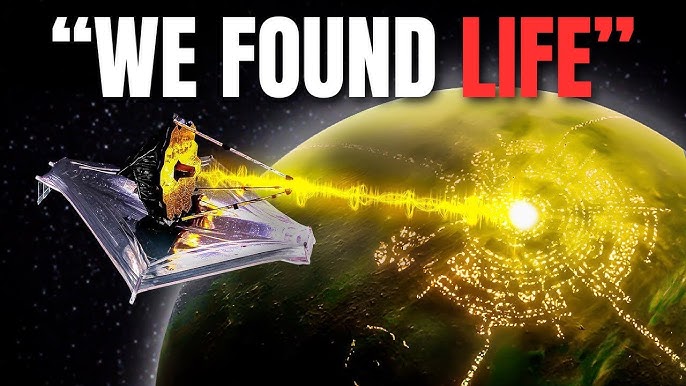After months of silence, scientists have finally confirmed what many suspected 3I/ATLAS is not behaving like any known object in space. The interstellar visitor, already notorious for its strange path and inconsistent brightness, is now surrounded by something even more puzzling: measurable time dilation.
Data shows that time around the object appears to flow differently. Instruments tracking its movement and light emissions recorded subtle but persistent anomalies delays, distortions, and shifts that cannot be explained by ordinary physics. In simple terms, time near 3I/ATLAS seems to slow down.
This phenomenon, predicted only near black holes or objects with extreme gravity, has never been observed on a body this small and distant. Yet, 3I/ATLAS is warping time in a way that has scientists scrambling for answers. Could it be an artificial construct? A vessel using advanced propulsion? Or something we’ve never even imagined?
Researchers are now openly considering non-natural explanations, and some suggest this may be the first solid evidence that we’re witnessing technology not a rock entering our solar system.



